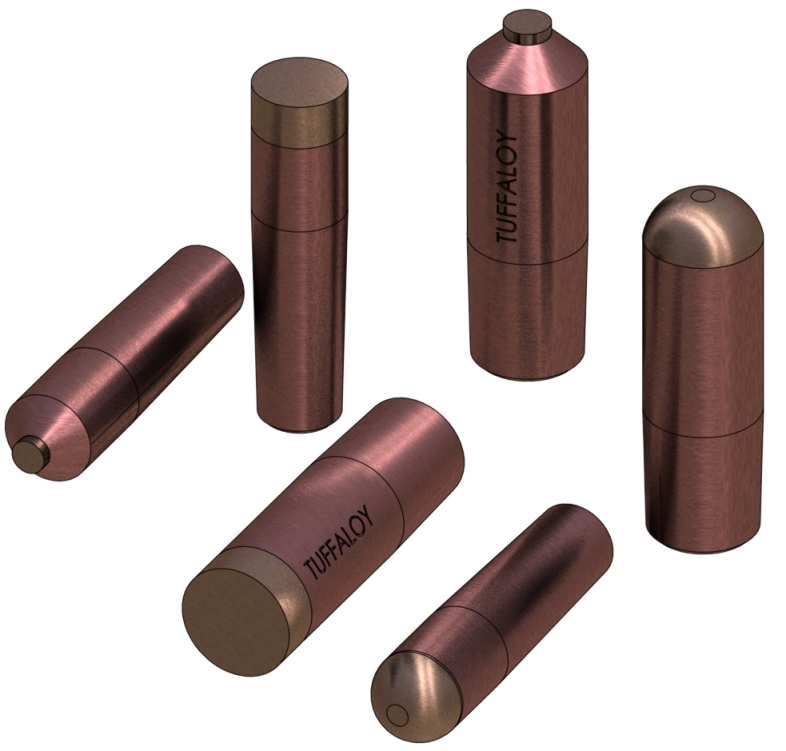
Material
Questions and Answers
Resistance brazing is not spot welding so the electrode face geometry does not have to concentrate the heat into a small area. Frequently the electrode face is machined to conform to the surface that it is in contact with. Frequently the electrode will contact the entire work piece surface. In some cases the electrode faces is milled out. The work piece is nested into the face of the electrode in order to insure proper part placement and alignment. A small vacuum is sometimes pulled through the center of the electrode to hold the part in place before the electrode closes. This is very common for small part brazing.
The electrode material is frequently RWMA Class 2. It could be ETP copper and in many cases carbon electrodes are used.

When resistance brazing contact materials, refractory faced electrodes RWMA Class 11, 13 and 14 as well as Class 2 are commonly used.
Have a Question?
Do you have a question that is not covered in our knowledgebase? Do you have questions regarding the above article? Click here to ask the professor.
